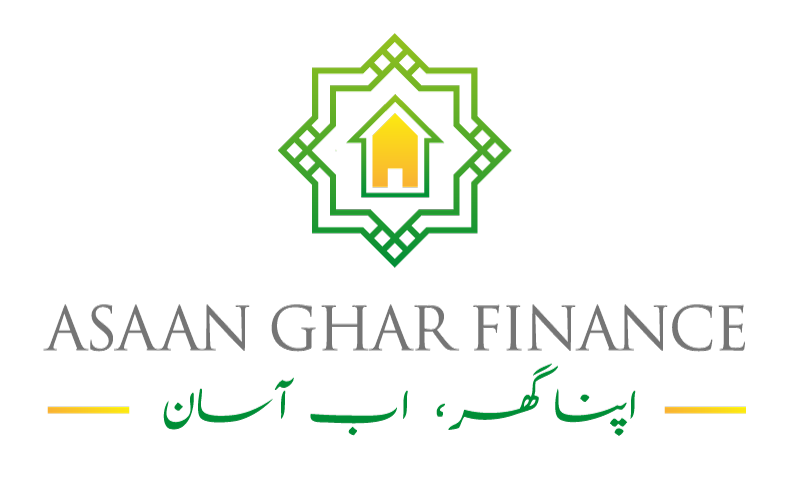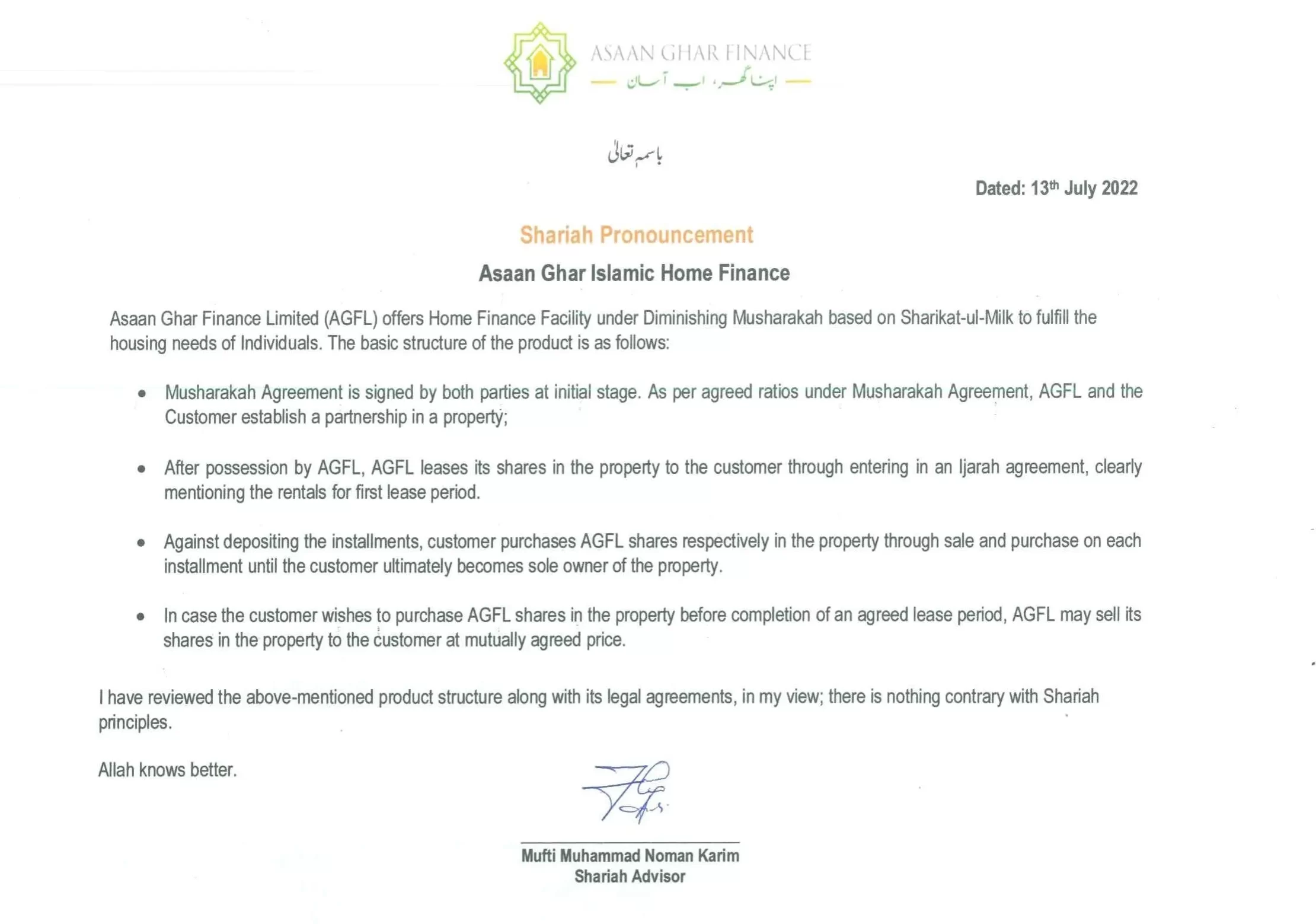
The True Cost of Islamic Home Financing: Breaking Down the Numbers
Islamic home financing has gained traction in recent years, particularly among Muslim communities seeking Shariah-compliant alternatives to conventional mortgages. However, the true cost of Islamic home financing is often obscured by a lack of transparency and a misunderstanding of the financial products available. This blog post aims to break down the numbers associated with Islamic home financing, examining the various factors that contribute to its overall cost and the implications for potential homeowners.
The Cost Structure of Islamic Home Financing
Islamic home financing operates on principles that prohibit interest (riba) and promote risk-sharing. The most common models include Diminishing Musharakah (DM), Ijarah, and Murabaha.
The cost structure of Islamic home financing can be complex, involving several components:
- Profit Margin: Unlike conventional loans that charge interest, Islamic financing products charge a profit margin. This margin can vary significantly between institutions and is often influenced by market conditions. For example, the profit margin in Diminishing Musharakah (DM) can be higher than the interest rates of conventional loans, leading to a higher overall cost for the borrower.
- Insurance/Takaful: Many Islamic home financing products require the purchase of Takaful (Islamic insurance) to protect against unforeseen events. While this is a prudent measure, it also adds to the overall cost of financing.
- Fees and Charges: Islamic banks often impose various fees, including processing fees, legal fees, and valuation fees. These additional costs can add up quickly, making the total cost of financing substantially higher than initially anticipated.
- Market Dynamics: The demand for Islamic home financing products can also influence pricing. In markets where these products are less common, the lack of competition may lead to higher costs for consumers.
Comparative Analysis with Conventional Financing
When comparing Islamic home financing to conventional options, it is essential to consider not only the nominal costs but also the total cost of ownership over time. Research indicates that while Islamic financing may appear more attractive at first glance due to its ethical foundations, the total cost can be higher when factoring in the profit margins and additional fees.
For instance, a study conducted in Malaysia found that consumers often perceive Islamic home financing as more expensive than conventional loans, primarily due to the higher profit margins associated with these products. This perception can deter potential buyers from exploring Islamic financing options, despite their Shariah compliance.
Consumer Acceptance and Behavioral Factors
The acceptance of Islamic home financing is influenced by various factors, including consumer attitudes, subjective norms, and perceived behavioral control. Research has shown that consumers are more likely to accept Islamic financing if they believe it offers better value and aligns with their ethical beliefs. However, the perceived high costs can undermine this acceptance, leading to a preference for conventional financing options.
Moreover, demographic factors such as age, income, and education level can also play a role in shaping consumer preferences. Younger, more educated consumers may be more inclined to explore Islamic financing options, while older generations may prefer the familiarity of conventional loans.
The Role of Government and Regulatory Frameworks
Government policies and regulatory frameworks can significantly impact the cost and availability of Islamic home financing. In countries where Islamic finance is well-regulated, consumers may benefit from lower costs and better product offerings. Conversely, in markets with less regulatory oversight, consumers may face higher costs and limited choices.
For instance, in Pakistan, the Securities and Exchange Commission of Pakistan (SECP) has implemented various initiatives to promote Islamic finance such as issuing a comprehensive Shariah governance regulation in 2023.
Conclusion
The true cost of Islamic home financing is multifaceted, encompassing profit margins, fees, and market dynamics. While these products offer ethical alternatives to conventional financing, potential homeowners must carefully consider the total cost of ownership and the factors influencing their decisions. By understanding the complexities of Islamic home financing, consumers can make informed choices that align with their financial goals and ethical beliefs.
As the demand for Islamic home financing continues to grow, it is crucial for financial institutions to enhance transparency and offer competitive products that meet the needs of consumers. By doing so, they can foster greater acceptance and participation in the Islamic finance sector, ultimately benefiting both consumers and the broader economy.
At Asaan Ghar Finance, we are committed to providing transparent and Shariah-compliant Islamic home financing solutions. Contact us today to learn more and take the first step toward acquiring your dream home.









Leave A Comment